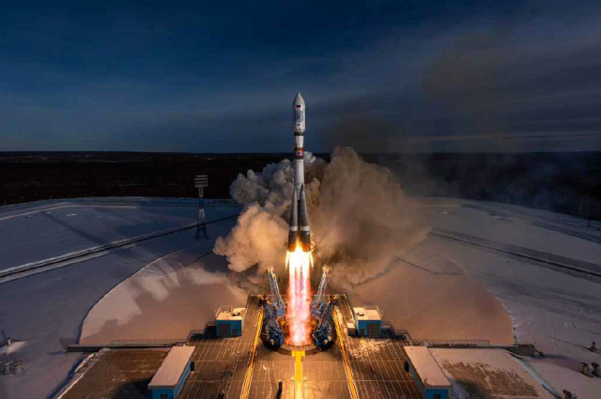Input 2021.03.21 10:05
Retry at 3:7pm on the 22nd after 21st resolution work

The Ministry of Science and Technology Information and Communication said on the 21st, “The launch was delayed because a technical problem was detected in the Russian Soyuz launch vehicle (rocket), which was scheduled to launch the first car the day before.” The Ministry of Science and Technology explained that the reason for the postponement was that the power of the equipment called’electric ground support equipment’ that controls the top of the rocket (Fregat) in the preparation for launch the day before rose sharply and stopped operation.
The Ministry of Science and Technology reported that the Russian Federal Space Agency and rocket-related companies will conduct a’reproduction test’ on this day to find a solution to the problem and launch it again at 3:07 pm on the 22nd, the next day.

Vehicle 1 weighs 540 kg and is lighter than existing satellites (1000-3000 kg), but has a camera resolution similar to the active satellite Arirang 3A launched in 2015. After launch, it captures and provides precise ground observation images, wide-area agricultural and forest conditions observation images, and water resource observation radar images from an orbit at an altitude of 497.8 km.
Vehicle No. 1 is the first domestic satellite made through a standardized body manufacturing process (platform), and the Ministry of Science and Technology is confirming the possibility of mass production for future satellite industrialization with this launch.
